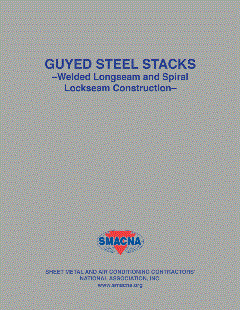Fire Protection Survey
Readers can check out the article showing some of the results of our recent Fire Protection Survey. These studies are conducted by the Market Research Department of BNP Media, our parent company, in accordance with BNP Media's code of ethics and tabulated using SPSS, a statistical software package. Qualified fireproofing/firestop contractors weighed in on what affects their decisions, where they obtain their information and how they practice their services.
The complete study is available for purchase at our Web site and is for the purchaser's internal use only. Additional industry studies are also available on our Web site and our Market Trends Study will be available soon! Studies are provided in bound format with plastic covers or as a PDF file.
Metal framing and 9/11
Readers will notice what is sure to be an article somewhat unusual for W&C regarding the collapse of the World Trade Center this month. The cause of the collapse is of course, due to jet impact and subsequent fire that weakened the steel and initiated collapse, according to the official explanation of the National Institute of Standards and Technology, whose report is likely to be considered the final word on the tragedy. This article includes that information but also asks questions regarding the cause of the collapse, based on information that has surfaced in the last four years.How is this story relevant to W&C readers? Because of NIST's explanation of collapse, the entire nature of how steel buildings are designed is affected. While much of NIST's recommendations refer to fire protection (of both steel and sprinkler systems) and building evacuation in fire, it also offers recommendations to avoid future "progressive collapses" of steel structures:
NIST recommends that: (1) progressive collapse should be prevented in buildings through the development and nationwide adoption of consensus standards and code provisions, along with the tools and guidelines needed for their use in practice; and (2) a standard methodology should be developed-supported by analytical design tools and practical design guidance-to reliably predict the potential for complex failures in structural systems subjected to multiple hazards.
Certainly, this could mean all-new considerations for design of steel structures. The recommendation also states "when designing buildings, primary structural systems should provide alternate paths for carrying loads in case certain components fail (e.g., transfer girders, columns supporting only gravity loads). This is especially important in buildings where structural components (e.g., columns, girders) support unusually large floor areas."
In other words, collapse should now be considered in the design of buildings so much so, that in the event of collapse, designers must design in a way that determines the path of collapse.
NIST also states, "Progressive collapse is addressed only in a very limited way. While the initiating event in design to prevent progressive collapse typically is considered to be the failure of one or two columns at the bottom of the structure, possible initiating events at other locations within the structure, or involving other key components and subsystems, should be analyzed commensurate with the risks considered in the design."
What is interesting is that the italicized section is not what occurred at the World Trade Center, which failed at the top, according to NIST. These confusing points surrounding the collapse of the Towers is the reason for this article examining questions about the collapse. If the entire way of designing steel structures is to be altered, certainly every component of the event triggering these new recommendations must be scrutinized.





